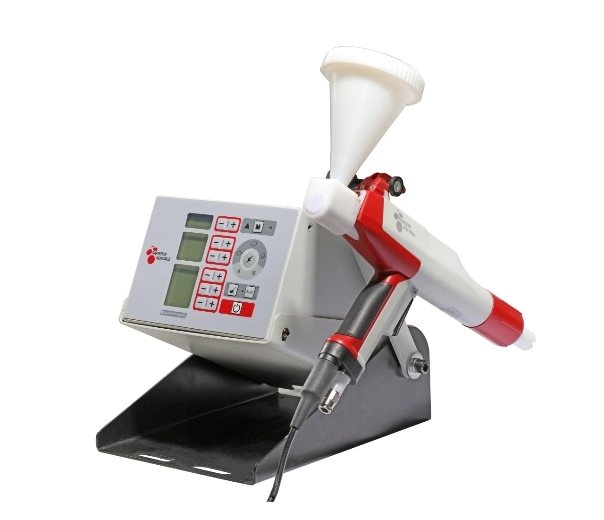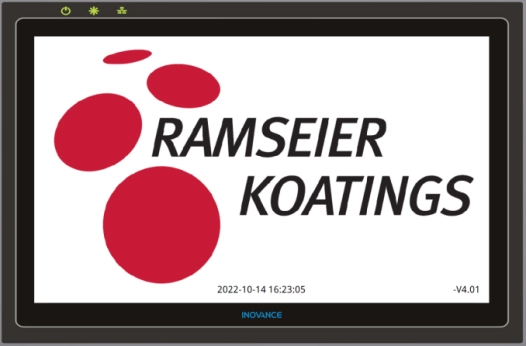Content Menu
● Understanding Smart Control Systems
>> What is a Smart Control System?
>> Key Components of Smart Control Systems
● Benefits of Smart Control System Integration
>> Enhanced Efficiency
>> Consistent Quality
>> Flexibility and Adaptability
>> Predictive Maintenance
>> Sustainability
● Implementing Smart Control Systems in Coating Lines
>> Steps for Successful Integration
>> Case Studies of Successful Integration
>>> Automotive Industry
>>> Aerospace Sector
● Future Trends in Smart Control Systems
>> IoT Integration
>> Artificial Intelligence
>> Advanced Robotics
● Conclusion
>> Frequently Asked Questions
In the modern manufacturing landscape, the integration of smart control systems into coating lines represents a significant leap forward in efficiency, quality, and adaptability. This article explores how these systems transform coating processes, enhancing productivity and ensuring consistent quality across various applications.

Understanding Smart Control Systems
What is a Smart Control System?
A smart control system is an advanced technological solution designed to automate, monitor, and optimize manufacturing processes. In the context of coating lines, these systems utilize a combination of sensors, programmable logic controllers (PLCs), and advanced algorithms to manage operations in real-time. By collecting and analyzing data, smart control systems enable manufacturers to achieve higher efficiency and quality in their coating processes.
Key Components of Smart Control Systems
1. Sensors: These devices monitor critical parameters such as temperature, humidity, and coating thickness. They provide real-time feedback, allowing for immediate adjustments to maintain optimal conditions.
2. Programmable Logic Controllers (PLCs): PLCs serve as the brain of the operation, executing control commands based on input from sensors and user-defined parameters.
3. User Interfaces: Modern smart control systems feature intuitive interfaces that allow operators to monitor processes, adjust settings, and troubleshoot issues easily.
4. Data Analytics: Advanced analytics tools process data collected from the coating line, providing insights into performance trends, potential issues, and areas for improvement.
5. Integration Capabilities: Smart control systems can integrate with other manufacturing systems, such as inventory management and enterprise resource planning (ERP) systems, creating a seamless flow of information across the production environment.
Benefits of Smart Control System Integration
Enhanced Efficiency
One of the primary advantages of integrating smart control systems into coating lines is the significant increase in operational efficiency. By automating routine tasks and providing real-time monitoring, these systems reduce the need for manual intervention, allowing operators to focus on more strategic activities. This leads to faster production cycles and reduced downtime.
Consistent Quality
Quality control is paramount in coating applications. Smart control systems ensure that every part receives the correct coating thickness and quality by continuously monitoring and adjusting parameters throughout the process. This consistency minimizes defects and rework, ultimately leading to higher customer satisfaction.
Flexibility and Adaptability
Manufacturers often face varying production demands, requiring quick adjustments to coating processes. Smart control systems offer the flexibility to adapt to different part sizes, shapes, and coating materials. This adaptability is crucial in industries such as automotive and aerospace, where customization is often necessary.
Predictive Maintenance
By analyzing data from sensors and equipment, smart control systems can predict when maintenance is required, reducing the likelihood of unexpected breakdowns. This proactive approach to maintenance not only extends the lifespan of equipment but also minimizes production interruptions.
Sustainability
Sustainability is a growing concern in manufacturing. Smart control systems contribute to eco-friendly practices by optimizing material usage and reducing waste. For instance, advanced powder coating systems can recover and reuse overspray, significantly decreasing material costs and environmental impact.
Implementing Smart Control Systems in Coating Lines
Steps for Successful Integration
1. Assessment of Current Processes: Before implementing a smart control system, manufacturers should evaluate their existing processes to identify areas for improvement.
2. Choosing the Right Technology: Selecting a system that aligns with specific production needs is crucial. Factors to consider include scalability, compatibility with existing equipment, and the ability to integrate with other systems.
3. Training and Support: Ensuring that staff are adequately trained to use the new system is essential for maximizing its benefits. Ongoing support from technology providers can facilitate a smoother transition.
4. Continuous Monitoring and Improvement: After implementation, manufacturers should continuously monitor system performance and seek opportunities for further optimization.
Case Studies of Successful Integration
Automotive Industry
In the automotive sector, a leading manufacturer integrated a smart control system into its coating line, resulting in a 20% increase in throughput and a 15% reduction in material waste. The system's ability to monitor and adjust coating parameters in real-time ensured consistent quality across various vehicle components.
Aerospace Sector
An aerospace manufacturer faced challenges with coating consistency and downtime. By adopting a smart control system, they achieved zero unscheduled downtime in the first six months of operation. The system's predictive maintenance capabilities allowed for timely interventions, significantly enhancing overall productivity.
Future Trends in Smart Control Systems
IoT Integration
The Internet of Things (IoT) is set to revolutionize smart control systems further. By connecting devices and systems through the internet, manufacturers can gain unprecedented insights into their operations. IoT-enabled smart control systems will allow for remote monitoring and control, enhancing flexibility and responsiveness.
Artificial Intelligence
Artificial intelligence (AI) is increasingly being integrated into smart control systems, enabling more sophisticated data analysis and decision-making. AI can help identify patterns and anomalies in production data, allowing for more informed adjustments and improvements.
Advanced Robotics
The use of robotics in coating lines is on the rise. Smart control systems can coordinate robotic operations, ensuring that each part receives the appropriate treatment while optimizing the overall workflow.
Conclusion
The integration of smart control systems into coating lines is transforming the manufacturing landscape. By enhancing efficiency, ensuring consistent quality, and promoting sustainability, these systems are essential for manufacturers looking to remain competitive in an increasingly complex market. As technology continues to evolve, the potential for smart control systems will only grow, paving the way for more innovative and efficient manufacturing processes.

Frequently Asked Questions
1. What are the main components of a smart control system?
- The main components include sensors, programmable logic controllers (PLCs), user interfaces, data analytics tools, and integration capabilities.
2. How do smart control systems enhance efficiency in coating lines?
- They automate routine tasks, provide real-time monitoring, and reduce the need for manual intervention, leading to faster production cycles and reduced downtime.
3. What role does predictive maintenance play in smart control systems?
- Predictive maintenance uses data analysis to forecast when maintenance is needed, reducing unexpected breakdowns and minimizing production interruptions.
4. How can smart control systems contribute to sustainability?
- They optimize material usage, reduce waste, and can recover and reuse overspray in powder coating processes, decreasing environmental impact.
5. What future trends are expected in smart control systems?
- Future trends include increased IoT integration, the use of artificial intelligence for data analysis, and the coordination of advanced robotics in manufacturing processes.
Hot Tags: China, Global, OEM, private label, manufacturers, factory, suppliers, manufacturing company










































 .
. 